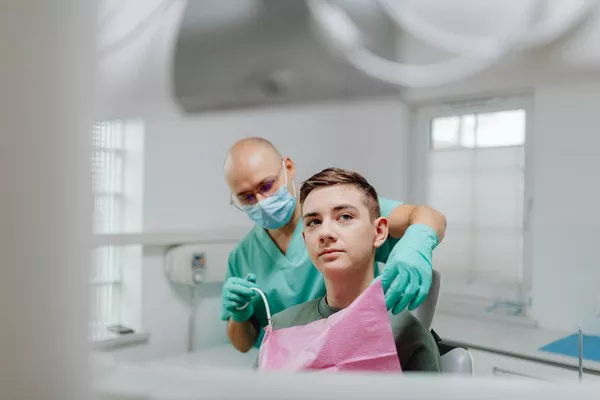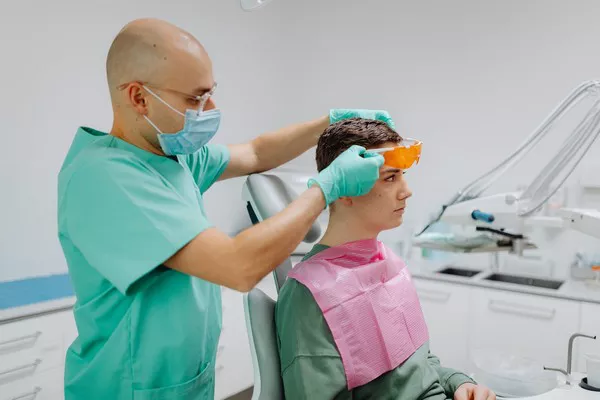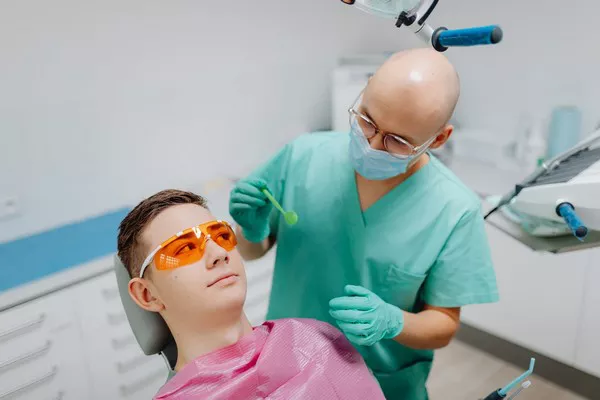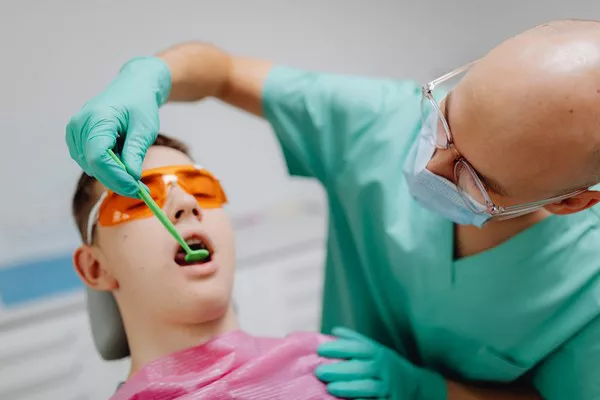Achieving a bright, radiant smile is a common desire for many individuals, leading them to explore various teeth whitening methods. One popular option is the use of whitening strips, which can effectively remove stains and discoloration. However, a common question that arises is whether it is necessary to brush your teeth after using whitening strips. In this article, we will delve into the reasons behind post-whitening strip brushing and provide valuable insights into maintaining oral hygiene while maximizing the benefits of teeth whitening.
Understanding Whitening Strips
Whitening strips are thin, flexible plastic strips that contain a peroxide-based gel applied directly to the teeth’s surface. These gels work by penetrating the enamel and bleaching the underlying dentin, resulting in a whiter appearance. While whitening strips can be highly effective, they come with specific instructions that should be followed to ensure optimal results.
The Importance of Brushing
Brushing your teeth is a fundamental aspect of oral hygiene and should be maintained regardless of whether you use whitening strips or not. Regular brushing helps remove plaque, food particles, and bacteria from the teeth, preventing dental issues such as cavities, gum disease, and bad breath. Moreover, brushing before applying whitening strips ensures that the teeth are clean, allowing the whitening agent to make direct contact with the tooth surface, promoting better absorption and efficacy.
Brushing After Using Whitening Strips
While brushing before using whitening strips is essential, the need to brush immediately after using them may vary depending on the specific product and individual circumstances. Some studies suggest that brushing after whitening strips can help remove any residual gel, preventing the prolonged exposure of peroxide to the teeth, which may lead to tooth sensitivity. However, it is crucial to consider certain factors before deciding whether to brush immediately after using whitening strips:
Product Instructions:
Always follow the instructions provided by the manufacturer of the whitening strips. Some products may recommend avoiding brushing immediately after use, while others may suggest a recommended waiting period.
Tooth Sensitivity:
If you experience tooth sensitivity after using whitening strips, it is advisable to wait for some time before brushing to allow your teeth to recover from the treatment. Using a desensitizing toothpaste or gel recommended by your dentist can also help alleviate sensitivity.
Enamel Protection:
Brushing immediately after using whitening strips might be counterproductive if the enamel becomes temporarily softened by the bleaching agent. In such cases, it is better to wait for a short period (approximately 30 minutes) before brushing to allow the enamel to reharden and minimize the risk of enamel damage.
Rinse and Hydration:
After using whitening strips, it is important to rinse your mouth thoroughly with water to remove any residual gel. Additionally, maintaining proper hydration by drinking water can aid in washing away any remaining gel and promote saliva production, which naturally helps in remineralization.
Conclusion
In summary, while brushing prior to using whitening strips is essential for optimal results, the need to brush immediately afterward depends on several factors. Following the instructions provided by the manufacturer and considering individual circumstances like tooth sensitivity and enamel protection are crucial determinants. Consulting with a dental professional can provide personalized guidance regarding post-whitening strip oral care. Ultimately, maintaining good oral hygiene practices, including regular brushing, flossing, and dental check-ups, is vital to ensure a healthy smile, whether or not you use whitening strips.
Related Topics:





























